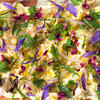

Do You Have to Toss ALL Moldy Cheese?

Q&A with Organizational Pro Peter Walsh + Dermatologist Shares A…

Actor Hank Azaria + Freezer Meals + Artichokes 2 Ways with Rach

See Inside Barbara Corcoran's Stunning NY Apartment + It's Steak…

How to Make Chicken and Lobster Piccata | Richard Blais

Donnie Wahlberg Spills Details About NKOTB's First Ever Conventi…

Donnie Wahlberg + Jenny McCarthy Say Rach Is Such a "Joy" + Look…

The Best Moments From 17 Seasons of the Show Will Make You Laugh…
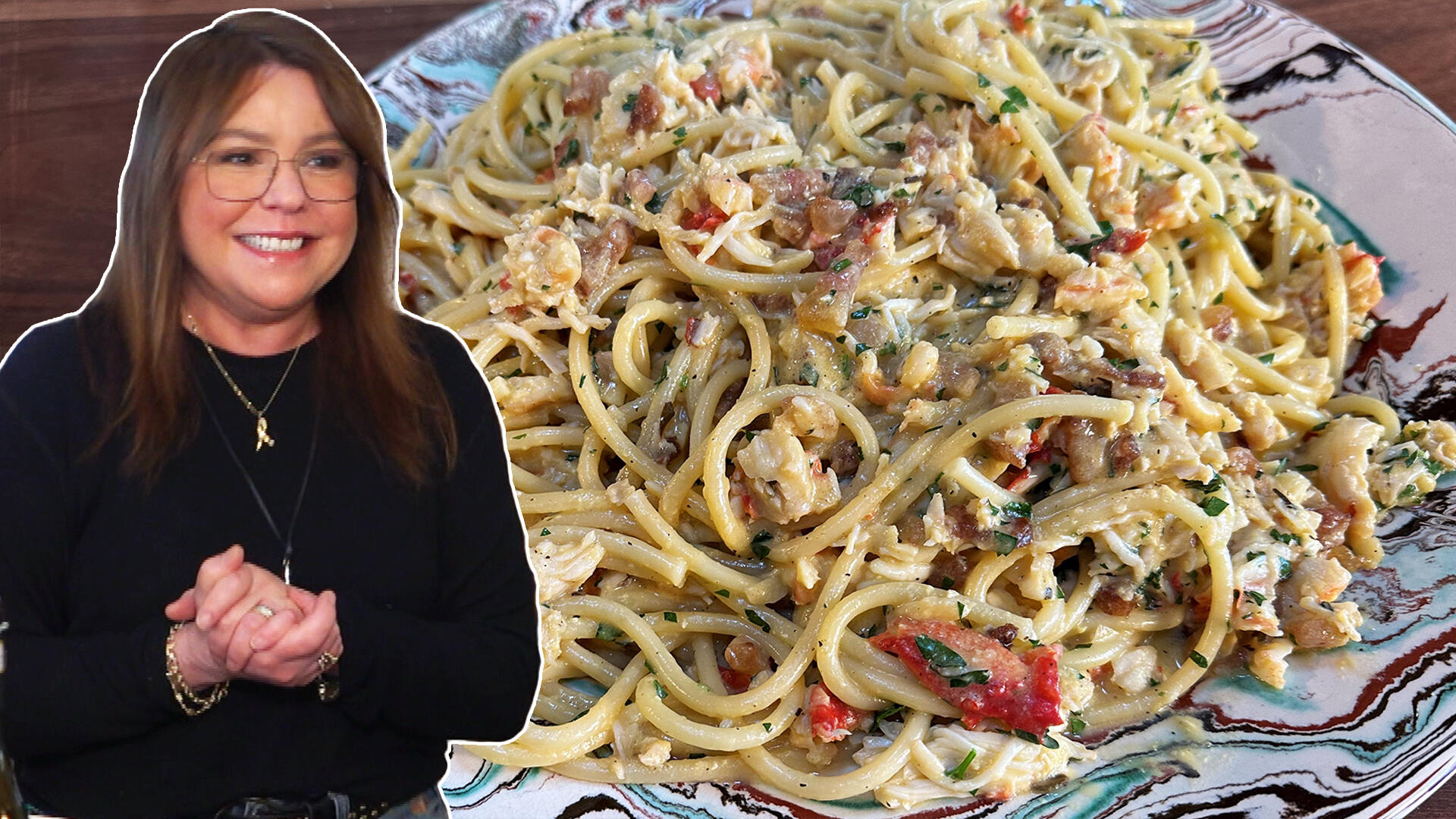
How to Make Crabby Carbonara | Rachael Ray
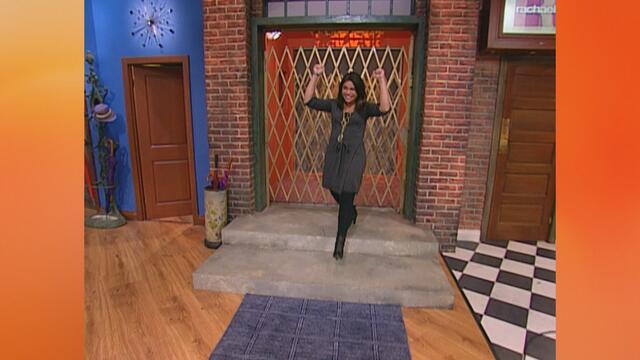
Rach Chats "Firsts" In Flashback From Our First Episode Ever In …
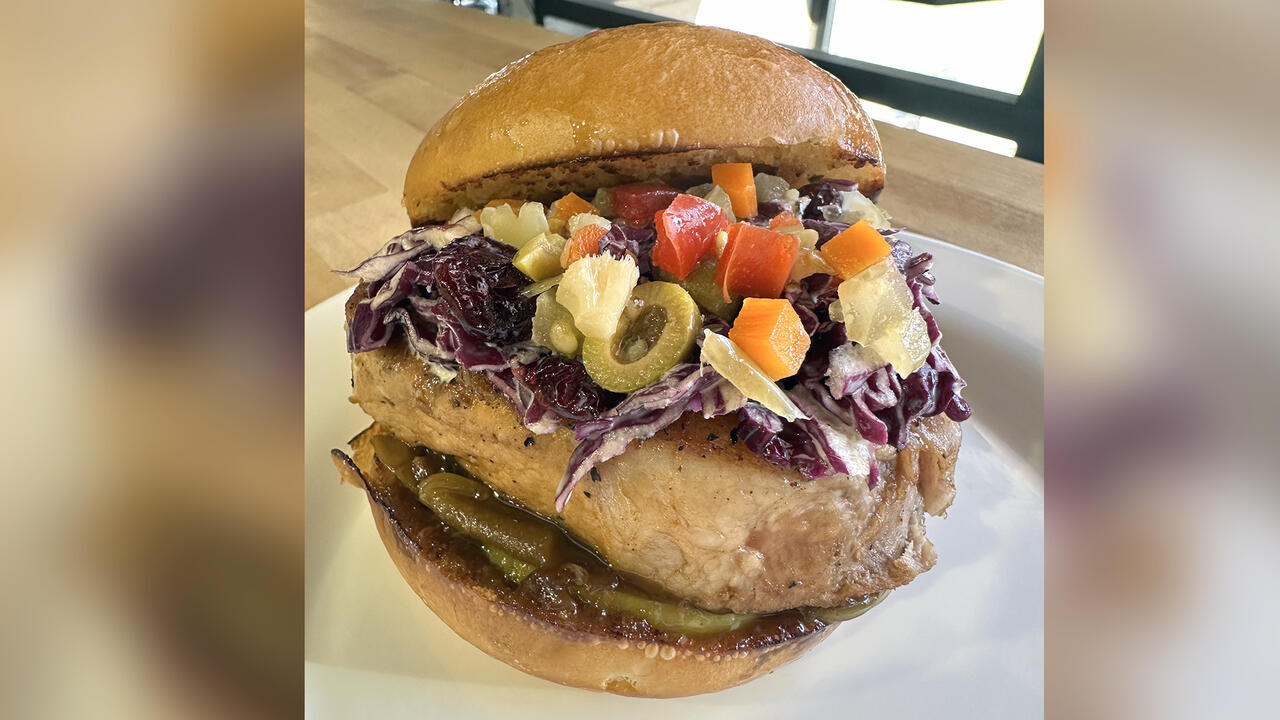
How to Make Apple-Cider Braised Pork Chop Sandwiches with Onion …

Rach's Chef Pals Say Goodbye to Show in Surprise Video Message
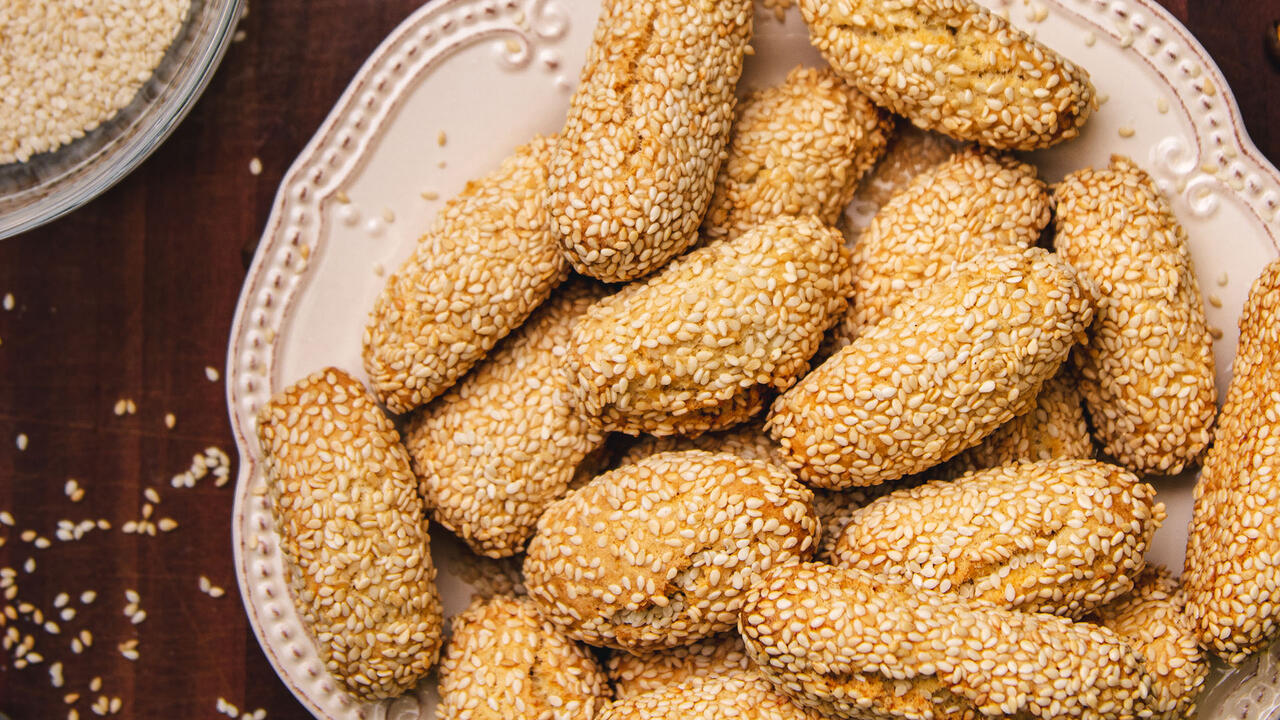
How to Make Sesame Cookies | Buddy Valastro

How to Make Tortilla with Potatoes, Piquillo Peppers and Mancheg…

How to Make Shrimp Burgers | Jacques Pepin
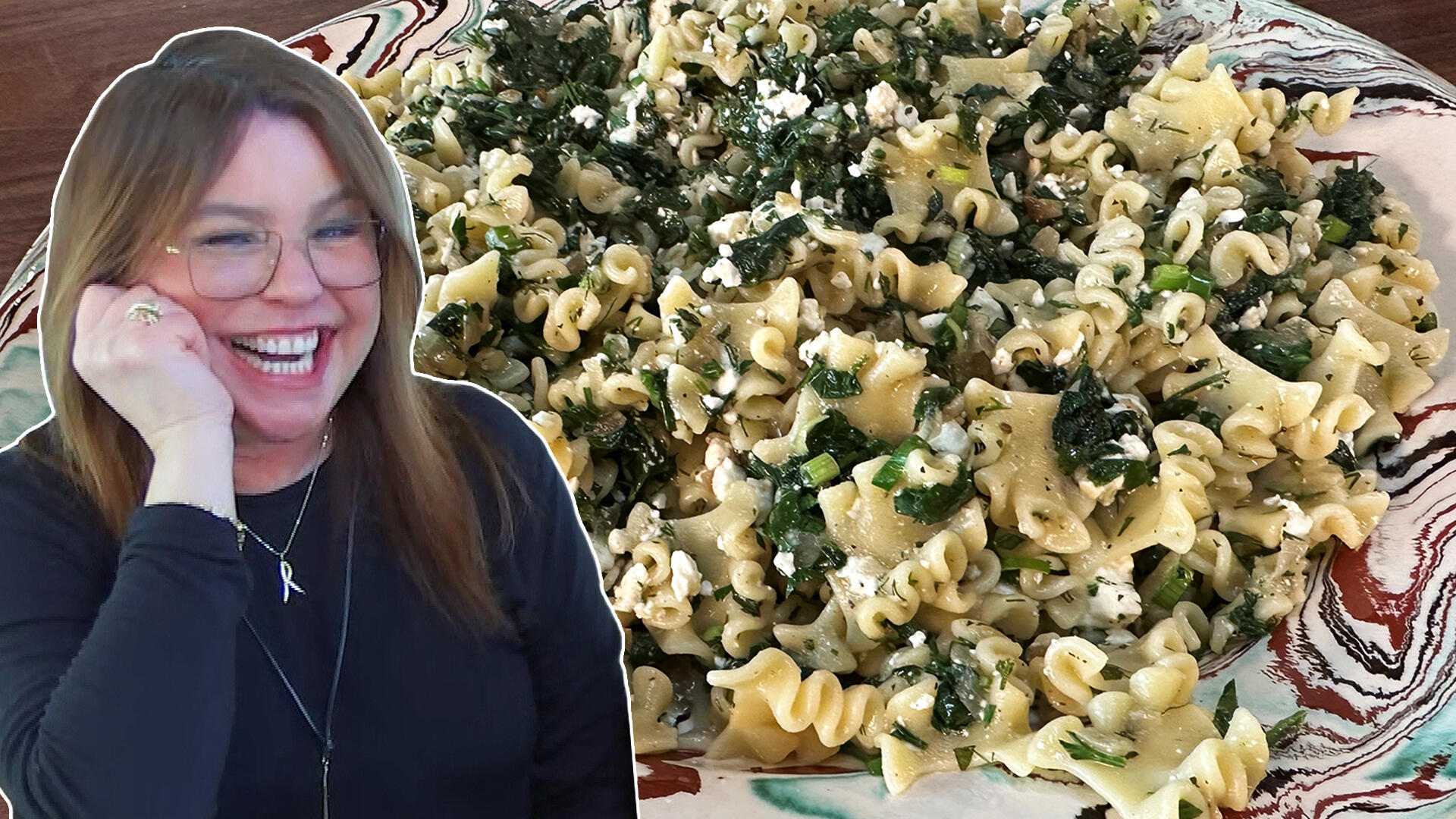
How to Make Spanakopipasta | Rachael Ray

Andrew McCarthy Chokes Up Discussing Emotional Trip to Spain wit…

Celebrity Guests Send Farewell Messages After 17 Seasons of the …

Celebrity Guests Send Farewell Messages After 17 Seasons of the …
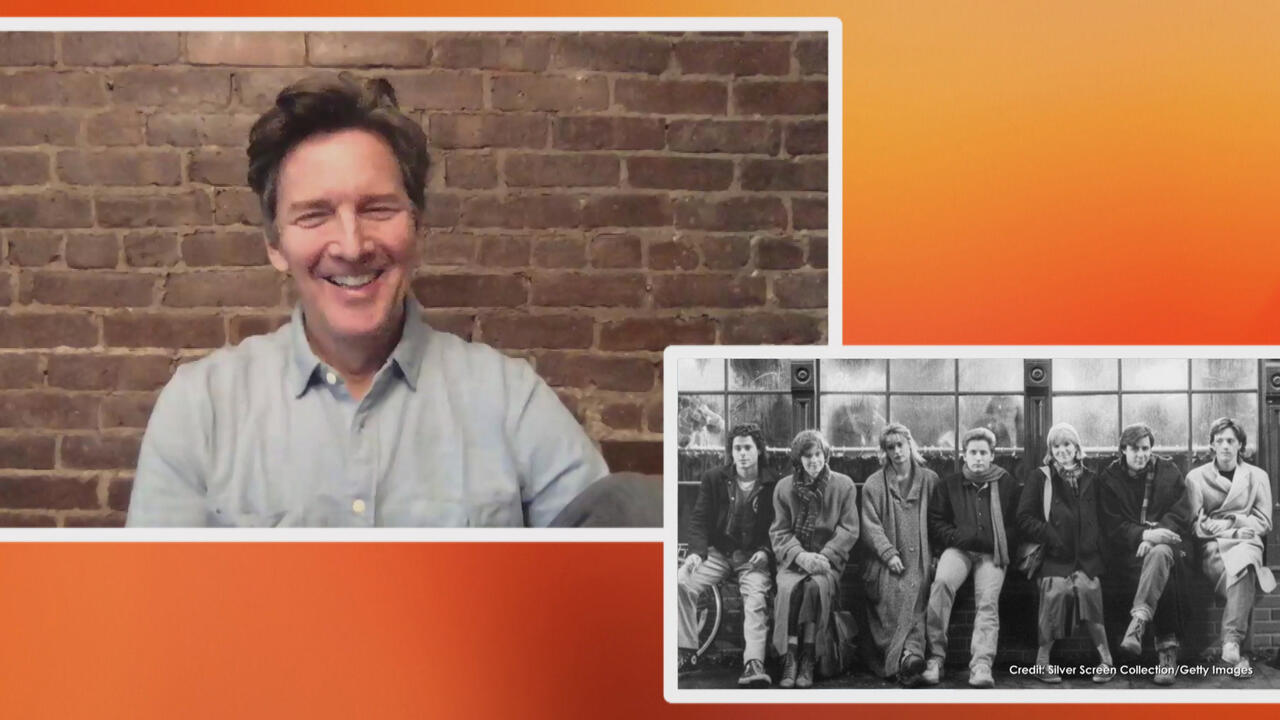
Andrew McCarthy Teases Upcoming "Brat Pack" Reunion Special

Michelle Obama Toasts Rach's 17 Years on the Air With a Heartfel…
Here's a tale as old as time: Girl buys cheese, girl snacks on a chunk of cheese, girl tucks the leftover cheese into the fridge and then, a bit later, comes back… and finds mold on her cheese.
But does that necessarily mean she has to toss it?
According to Liz Thorpe, cheese expert and author of The Book of Cheese, maybe not!
While cheese does, of course, spoil, if you find mold on the side of a block of cheese, you can, more often than not, just slice that right off — and chow down.
Showing off a hunk of cheese with a hard ring and a touch of mold at the end, Liz explains, "The rind is on the outside, but the mold is on the inside — the cut surface. So you don't want mold on the cut surface. If you see this in a store you don't want to buy it. But if you find this in your fridge — as I do every third or fourth day in my house — just take a knife and scrape it off."
You can also use a cheese plane to peel off a thin layer, but here's how Rach feels about that:
?
"The cheese underneath is fine," says Rach, "you just trim the mold. That's it."
Now, as for cheese that's been hanging out on a cheese plate at a party all day, Liz says, "In general, yes, you can save the cheese and you can put it back in the fridge. However, there are a few exceptions — or things I want to flag."
First, if you had your cheese out next to meat or fish, toss it. "I'm a little leery of cross-contamination," says Liz. (Fair enough!)
Mozzarella or burrata that sat out in a warm room? Painful as it is, that should get the boot, too.
But last (and not least), there's sheep milk cheese, which, thanks to its extra fat content, does something unique: It sweats.
"At the end of the night, it looks like it's done a few laps around the block," she says. But that doesn't mean it's bad! "You just pat it off, [then] you can wrap it and keep it."
"Wipe its brow and put it back," she says, laughing.
We can give our cheese a hand!


